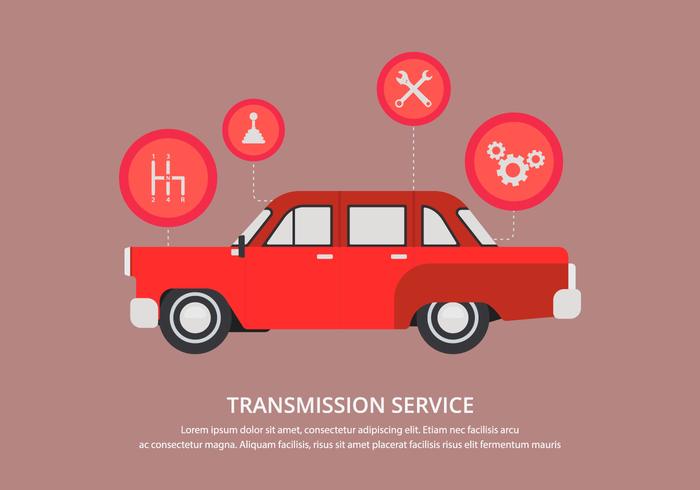Lift The Hood To Expose Common Brake System Troubles And Their Services
Lift The Hood To Expose Common Brake System Troubles And Their Services
Blog Article
Web Content Writer-Prater Murray
When it involves your automobile's brake system, recognizing common issues can save you from prospective security dangers. From identifying brake pad wear to addressing brake fluid leakages, recognizing exactly how to take on these problems is important. Yet what regarding those squishy brake pedals? There's a fix for that too. Keep tuned to find out more regarding these issues and the functional options that can keep you securely when driving.
Brake Pad Wear and Replacement
When it pertains to maintaining your car's brake system, one important element to watch on is the wear and replacement of brake pads. Brake pads are necessary parts that press versus the brake rotors to slow down or stop your car. Over time, these pads wear down as a result of rubbing, calling for normal inspection and replacement to guarantee your brakes operate successfully.
To identify if your brake pads require replacement, pay attention for screeching or grinding noises when you use the brakes. In addition, if your car takes longer to stop or you observe resonances or pulsations when stopping, it may be time to change the brake pads.
Overlooking worn brake pads can result in reduced stopping performance, damage to other brake parts, and even brake failure.
Changing brake pads is a fairly straightforward procedure for many vehicles. Nonetheless, if you're unsure or uneasy executing this task, it's ideal to get in touch with a professional auto mechanic to make certain proper setup and optimum brake efficiency.
On a regular basis checking and replacing brake pads is vital for your security and the long life of your vehicle's braking system.
Brake Liquid Leaks and Maintenance
To guarantee your automobile's brake system functions optimally, it is essential to additionally take notice of brake fluid leaks and maintenance. Brake liquid is crucial for sending the force from your foot on the brake pedal to the real braking system. One typical issue with brake liquid is leakages, which can happen because of scrubby brake lines, seals, or links. If you observe a puddle or leaks under your cars and truck, it's important to deal with the leak without delay to prevent a possible brake failing.
Consistently checking your brake fluid level is crucial to maintaining your brake system. Reduced https://andressmgau.blogpixi.com/30541167/enhancing-the-long-life-of-your-automobile-with-the-correct-automobile-fixing-facility can result in air entering the brake lines, which jeopardizes stopping performance.
In addition, old or contaminated brake fluid can influence the overall effectiveness of your brakes. It's suggested to follow the maker's standards on when to change the brake liquid, typically every 2 years.
Spongy Brake Pedal: Bleeding Brakes
If you have actually ever before experienced a spongy brake pedal while driving, you recognize the value of keeping a company and receptive stopping system. One common cause of a mushy brake pedal is air entraped in the brake lines. When European auto repair enters the brake system, it can cause a loss of hydraulic pressure, causing that upsetting spongy sensation when you push the brake pedal.
To settle this problem, hemorrhaging the brakes is necessary. Hemorrhaging the brakes involves eliminating the air from the brake lines to recover proper hydraulic stress.
To bleed the brakes, you'll require a helper to assist you. Start by situating https://paxtonkfytm.tkzblog.com/30150758/be-prepared-to-unveil-the-concealed-gems-of-vehicle-repair-shops-and-obtain-useful-understanding-about-the-crucial-services-they-offer on each wheel, commonly located near the brake caliper. With a wrench, loosen the shutoff and have your assistant press the brake pedal while you observe any kind of air bubbles appearing. Repeat this process for every wheel, beginning with the wheel farthest from the master cyndrical tube and moving closer.
As soon as you no more see air bubbles and just clear fluid arises, tighten up the valve and top up the brake fluid reservoir as required. Bleeding the brakes helps ensure a firm brake pedal and enhances total braking efficiency.
Final thought
Now that you understand common brake issues and exactly how to fix them, you can guarantee your automobile's safety and performance. Bear in mind to pay attention for warning signs like shrieking noises or spongy brake pedals, and address them without delay. Normal maintenance and timely replacements are key to keeping your brakes in top condition. Keep positive and alert to your brake system to enjoy risk-free and trustworthy driving experiences.
